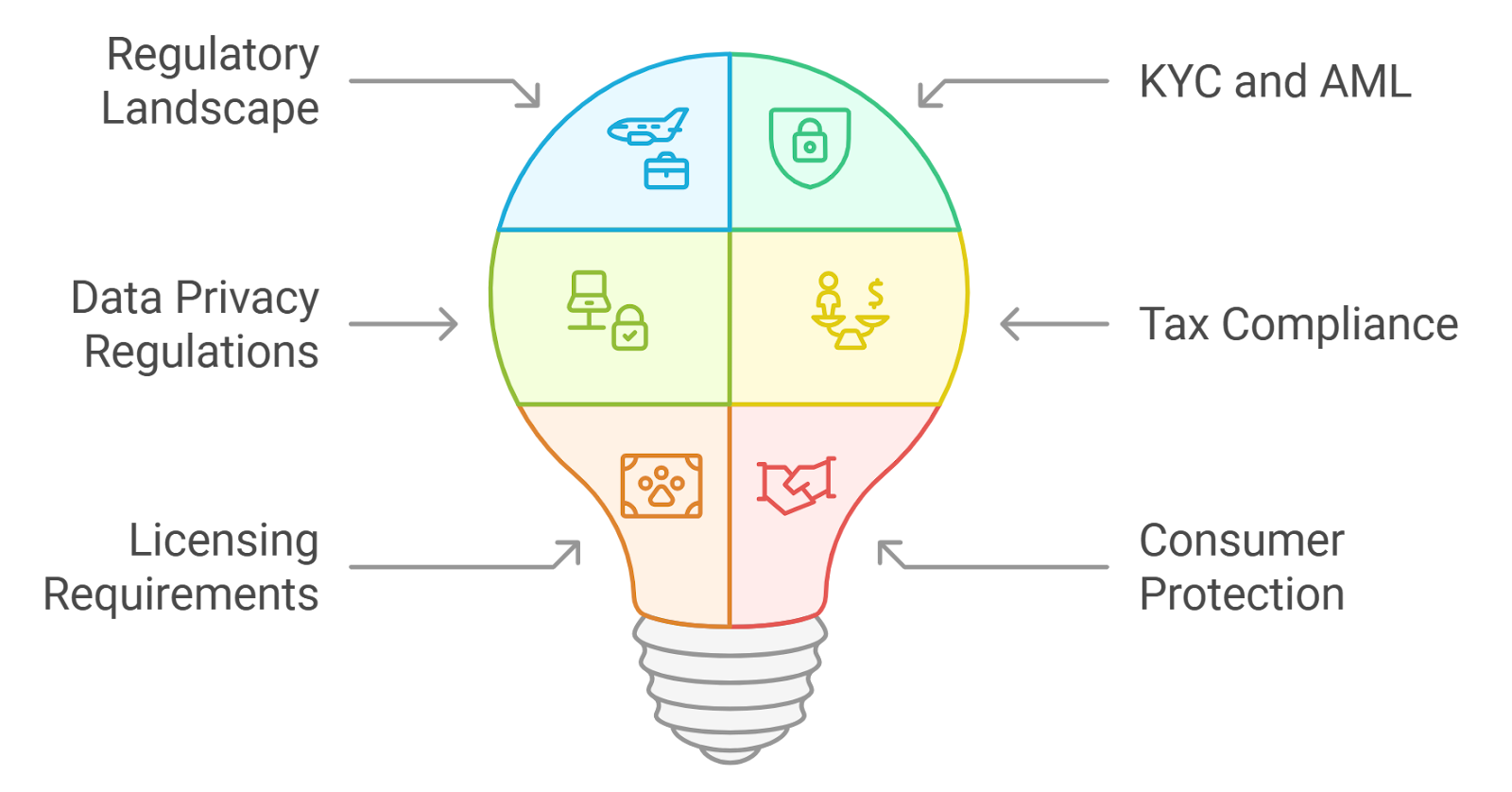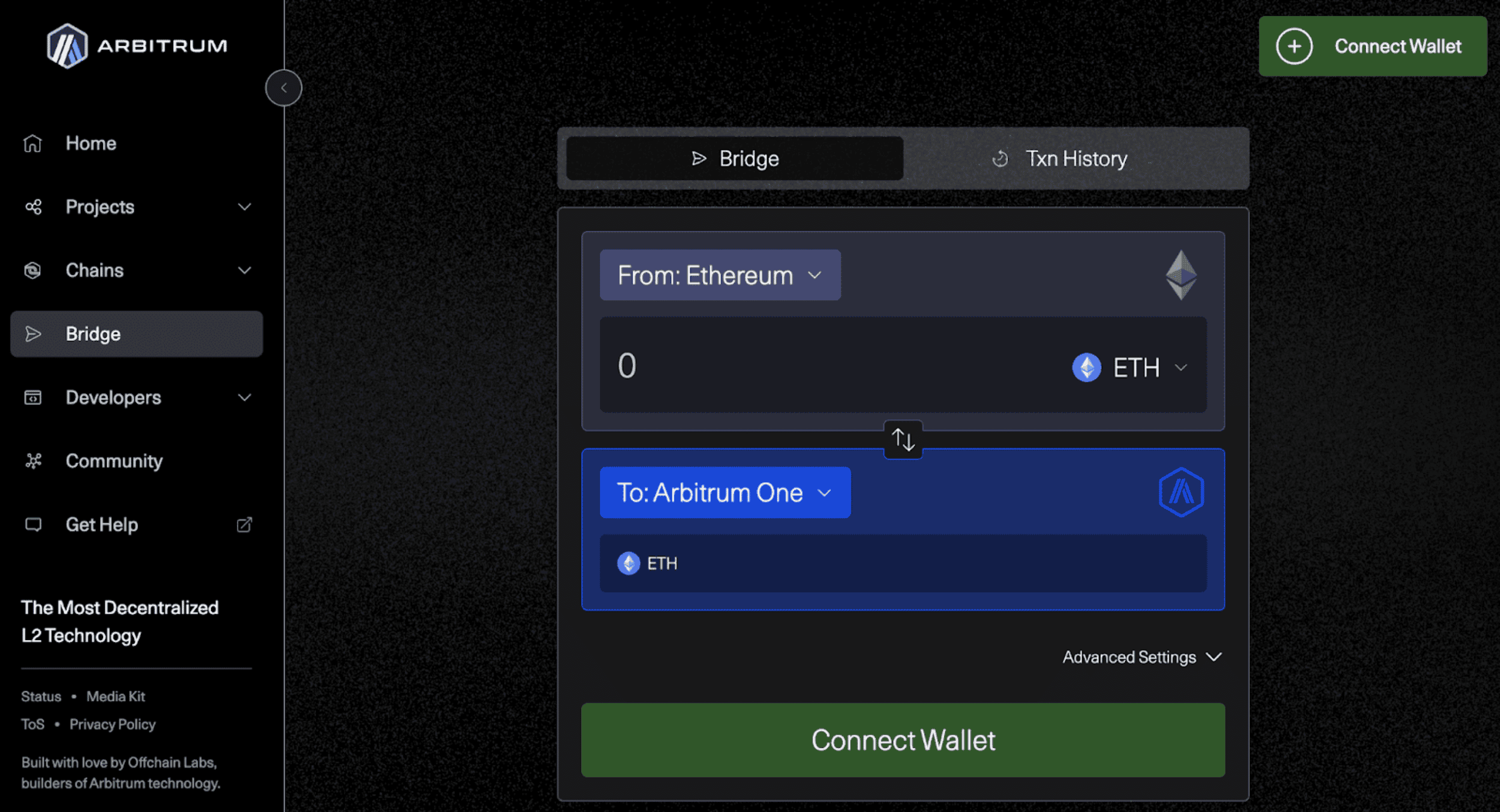
As Bitcoin sustains its position above $115,000 (current price: $115,530.00), the market’s attention is increasingly turning to Layer 2 scaling solutions. Rollup protocols promise to unlock new throughput and utility for the world’s most valuable blockchain. Yet, as capital and developer mindshare migrate to these technologies, security risks become not just technical concerns but macro-level threats to user trust and network integrity.

Why Security Risks in Bitcoin Rollups Demand Macro Focus
The rise of Bitcoin rollups is a watershed moment for crypto infrastructure. By processing transactions off-chain and posting summaries to the base layer, rollups can theoretically boost throughput far beyond Bitcoin’s native ~7 TPS bottleneck. However, this innovation introduces a new set of attack surfaces that differ fundamentally from those faced by Bitcoin’s base protocol.
The two most critical categories of risk today are Data Availability Attacks and Smart Contract Vulnerabilities in Rollup Bridges. Both have precedents in other blockchain ecosystems, Ethereum’s rollup landscape offers cautionary tales, but their impact on Bitcoin could be even more profound given its outsized economic gravity and the conservative ethos of its community.
1. Data Availability Attacks: The Achilles’ Heel of Off-Chain Scaling
Data availability attacks represent a systemic threat to the integrity of any rollup protocol on Bitcoin. In these attacks, malicious or compromised sequencers withhold transaction data that is essential for users to verify state transitions or exit the rollup safely. The result can be catastrophic: users may find themselves unable to withdraw funds or validate balances, effectively locking value within a black box.
This risk is especially acute in designs where data is stored off-chain for efficiency gains. As noted in recent research (Blockonist), if robust data availability schemes are not implemented, even a single malicious operator could disrupt user access at scale.
Top Real-World Data Availability Attacks in Crypto
-

Data Availability Attacks: Rollup protocols on Bitcoin are vulnerable to data availability attacks, where malicious sequencers withhold transaction data, preventing users from verifying or exiting the rollup.Mitigation: Implement robust data availability schemes such as data availability committees (DACs), leveraging Bitcoin’s decentralized network for periodic proofs, or integrating erasure coding and fraud proofs to ensure all transaction data is accessible and verifiable by participants.
-

Smart Contract Vulnerabilities in Bitcoin Rollup Bridges: The smart contracts or bridges connecting the rollup to Bitcoin’s base layer can become targets for exploits, including bugs or unauthorized withdrawals.Mitigation: Employ rigorous formal verification of bridge contracts, conduct third-party security audits, implement multi-signature withdrawal schemes, and establish bug bounty programs to proactively identify and patch vulnerabilities.
Actionable Mitigation:
- Data Availability Committees (DACs): Establish decentralized committees responsible for attesting that all transaction data has been made available before state transitions are finalized.
- Periodic Proofs Leveraging Bitcoin: Use periodic commitments anchored on the Bitcoin mainnet to prove that off-chain data remains accessible and untampered.
- Erasure Coding and Fraud Proofs: Integrate advanced cryptographic techniques so participants can reconstruct missing data fragments or challenge invalid states if withholding is detected.
The imperative here is clear: without credible guarantees around data availability, no amount of cryptographic wizardry can salvage user trust in Layer 2 scaling solutions.
2. Smart Contract Vulnerabilities in Bitcoin Rollup Bridges
If data withholding threatens economic liveness, smart contract vulnerabilities at bridge points threaten direct loss of funds, often at scale. Bridges serve as the connective tissue between rollups and Bitcoin’s base layer, locking BTC on one side while minting corresponding assets within the rollup environment. Any exploit here can lead to unauthorized withdrawals or permanent asset loss.
The history of blockchain bridges is littered with high-profile exploits, some resulting in hundreds of millions lost overnight. For developers building on Bitcoin, this risk profile demands not just technical rigor but an institutional-grade approach to security assurance (Gaboesquivel.com).
- Formal Verification: All bridge contracts should undergo formal verification processes that mathematically prove correctness against specified behaviors.
- Third-Party Audits: Engage multiple independent security firms for comprehensive code review before mainnet deployment.
- Multi-Signature Withdrawal Schemes: Require consensus among several trusted parties for any withdrawal from bridge contracts, reducing single-point failure risk.
- Bug Bounty Programs: Offer substantial rewards for responsible disclosure of vulnerabilities before they can be exploited by malicious actors.
This multi-pronged approach reflects lessons learned across DeFi and Layer 1 ecosystems: proactive investment in bridge security is non-negotiable if BTC-denominated assets are to remain safe as they traverse new scaling layers.
As Bitcoin rollups move toward greater adoption, the stakes for getting security right could not be higher. With Bitcoin’s price at $115,530.00, the economic value flowing through these protocols is already significant and growing. Security failures at this layer, whether through data unavailability or smart contract exploits, could undermine confidence in Bitcoin’s scaling roadmap and set back the broader narrative of trustless, censorship-resistant finance.
Macro-Level Implications: Why These Risks Matter Now
For investors and developers alike, understanding these risk vectors is no longer optional. The macro environment is rapidly shifting: institutional capital is circling, regulatory scrutiny is intensifying, and user expectations are rising for seamless yet secure on-chain experiences. In this climate, the resilience of rollup protocols will shape not just technical outcomes but the future trajectory of Bitcoin as programmable money.
Data availability attacks are especially insidious because they can erode trust slowly and silently. If users come to believe that their ability to exit or verify balances depends on opaque off-chain actors rather than cryptographic guarantees, the very premise of decentralized finance is called into question. Similarly, a single high-profile bridge exploit could create contagion across multiple rollup ecosystems, echoing past crises in DeFi, but with Bitcoin-sized consequences.
Actionable Checklist for Developers and Investors
For those building or allocating capital to Bitcoin rollups today, here are actionable priorities:
- Pursue transparent data availability: Insist on open-source DAC implementations or public commitments anchored to the mainnet.
- Demand independent audits: Only engage with projects that have completed third-party reviews of both rollup logic and bridge contracts.
- Participate in governance: Advocate for multi-sig withdrawals and timelocked upgrades on bridges you use or invest in.
- Support bug bounty programs: Encourage teams to allocate real resources to incentivize white-hat disclosures.
The path forward will require not just technical upgrades but also a cultural shift among builders, toward radical transparency, adversarial testing, and a relentless focus on minimizing attack surfaces before scaling ambitions run ahead of security guarantees.
Looking Ahead: The Future of Securing Bitcoin Rollups Above $115,000
The next chapter in Bitcoin’s evolution hinges on our collective ability to address these fundamental risks at scale. As more value migrates into rollups amid sustained high prices (current BTC price: $115,530.00), the margin for error narrows, and so does tolerance for security shortcuts.
If rollup architects can deliver credible solutions to data availability attacks and bridge vulnerabilities, by leveraging DACs, formal verification, layered audits, multi-sig controls, and robust bounty programs, Bitcoin’s Layer 2 ecosystem could become a model for secure scaling across all crypto networks.
The macro takeaway? In an era defined by both exponential innovation and systemic fragility across digital assets, securing Bitcoin rollups is not just a technical challenge but a foundational pillar for the next phase of global financial infrastructure.







